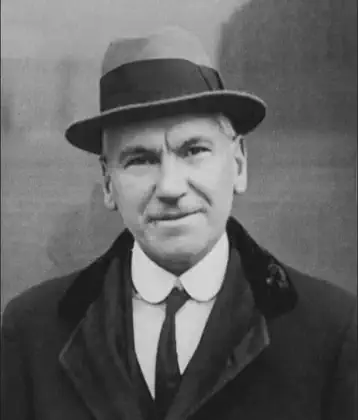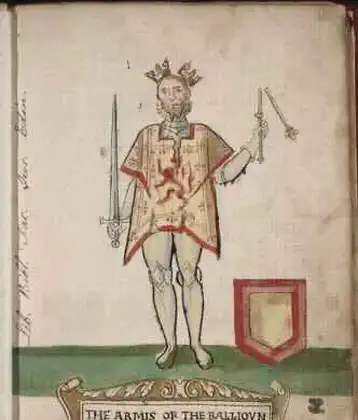On November 30, 1864 in Celtic History
General patrick cleburne is killed in command of his division at a battle in franklin, tennessee

Major-General Patrick Ronayne Cleburne (March 16, 1828 – November 30, 1864) was a senior officer in the Confederate States Army who commanded infantry in the Western Theater of the American Civil War.
Patrick Ronayne Cleburne was born in Ovens, County Cork, Ireland the second son of Dr. Joseph Cleburne, a middle-class physician of Protestant Anglo-Irish ancestry. Patrick’s mother died when he was 18 months old, and he was an orphan at 15. He followed his father into the study of medicine, but failed his entrance exam to Trinity College of Medicine in 1846.
41st Regiment of Foot of the British Army
Cleburne served in the 41st Regiment of Foot of the British Army after failing to gain entrance into Trinity College of Medicine, Dublin in 1846.
Fort Westmorlan
He served at Fort Westmorland on Spike Island and was present on the island in 1849 when Queen Victoria visited Cork Harbour.
Three years after joining the Army, he immigrated to the United States.
Immigrated to United States
At the beginning of the American Civil War, Cleburne sided with the Confederate States. When the issue of secession reached a crisis, Cleburne sided with the Southern states. His choice was not due to any love of slavery, which he claimed not to care about, but out of affection for the Southern people who had adopted him as one of their own.
He progressed from being a private soldier in the local militia to a division commander.
He participated in many unsuccessful military campaigns, especially the Battle of Stones River, the Battle of Missionary Ridge and the Battle of Ringgold Gap.
He was also present at the Battle of Shiloh.
Stonewall of the West
Known as the “Stonewall of the West”, Cleburne was killed leading his men at the Battle of Franklin.
Prior to the campaigning season of 1864, Cleburne became engaged to Susan Tarleton of Mobile, Alabama. Their marriage was never to be, as Cleburne was killed during an ill-conceived assault (which he opposed) on Union fortifications at the Battle of Franklin, just south of Nashville, Tennessee, on November 30, 1864. He was last seen advancing on foot toward the Union line with his sword raised, after his horse was shot out from under him.
Accounts later said that he was found just inside the Union line, and his body was carried back to an aid station along the Columbia Turnpike. Confederate war records indicate he died of a shot to the abdomen, or possibly a bullet through his heart. When Confederates found his body, he had been picked clean of any valuable items, including his sword, boots, and pocket watch.
Several geographic features are named after Patrick Cleburne:
Cities and Counties names after Cleburne
Cleburne County in Alabama and Arkansas,
City of Cleburne, Texas (which also features a statue of Patrick), though natives of the town call it “Klee-burn.”
Cleburne Park
The location where he was killed in Franklin was reclaimed by preservationists, and is now known as Cleburne Park. Though the small monument in the park is often perceived as a monument to Cleburne it actually is a marker to show where the Carter Family Cotton Gin once stood (the gin being an integral part of the Battle of Franklin, and the Carter House itself being the headquarters of Union Brigadier General Jacob D. Cox).
Patrick R. Cleburne Confederate Cemetery
The Patrick R. Cleburne Confederate Cemetery is a memorial cemetery in Jonesboro, Georgia, which was named in honor of General Patrick Cleburne.
More From This Day


Stone of Destiny, stolen by the English, returned to Scotland, 700 years later
November 30, 1996

HMS Vanguard, Britains biggest and last battleship, was launched at Clydebank
November 30, 1944


John Maclean, political activist, Marxist, appointed Bolshevik consul for Scotland by Lenin, died
November 30, 1923


Worlds first international football (soccer) match, Scotland V England at West of Scotland Cricket Ground
November 30, 1872

James Albert Edward Hamilton, 3rd Duke of Abercorn and first Governor of Northern Ireland
November 30, 1869


